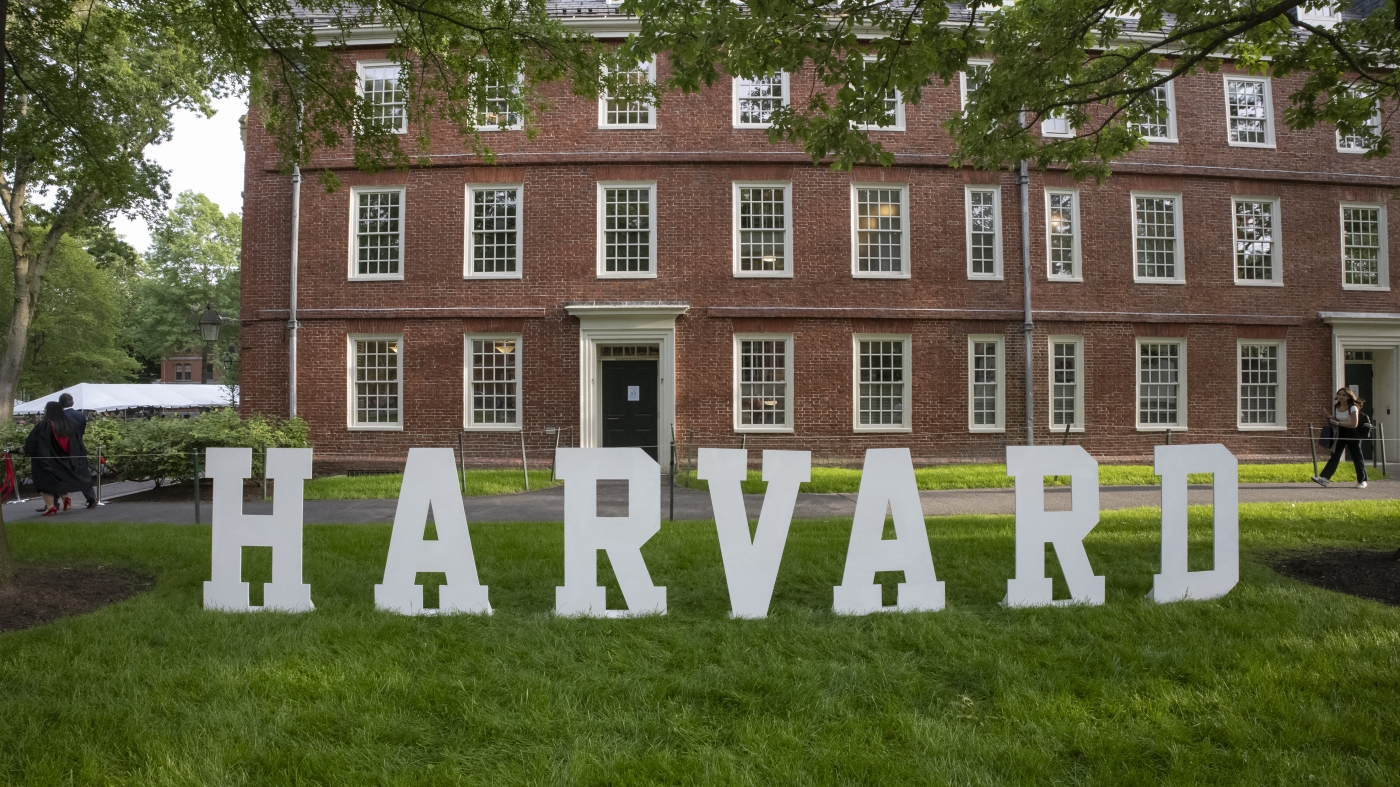The recent federal investigation led by the U.S. Department of Health and Human Services (HHS) Office for Civil Rights (OCR), under the Trump administration, has determined that Harvard University violated Title VI of the Civil Rights Act of 1964. This finding centers on Harvard’s failure to adequately address harassment and discrimination targeting Jewish and Israeli students on its campus. The investigation and its implications mark a significant moment in the ongoing discourse about civil rights enforcement in educational institutions, and the responsibilities universities hold to ensure an equitable and safe environment for all students.
Context and Background of the Investigation
Title VI of the Civil Rights Act prohibits discrimination based on race, color, or national origin in programs and activities receiving federal financial assistance. Given Harvard University’s extensive federal funding, this legislation is directly applicable to its operations and student protections. The inquiry was prompted by complaints asserting that Jewish and Israeli students at Harvard faced a hostile environment marked by harassment—instanced that Harvard’s administration allegedly ignored or insufficiently addressed. The specific allegations noted a pattern of indifference toward anti-Semitic behaviors, which effectively marginalized Jewish students and compromised their civil rights under the law.
The investigation was initiated in response to a series of incidents reported by students and advocacy groups. These incidents included verbal harassment, discriminatory rhetoric, and a lack of institutional response to complaints. The complaints highlighted a systemic failure within Harvard’s administration to address these issues promptly and effectively. The federal task force’s findings underscored the severity of the situation, noting that the university’s inaction created an environment where Jewish and Israeli students felt unsafe and unsupported.
Key Findings of the Federal Task Force
The federal task force that conducted the investigation concluded that Harvard exhibited “deliberate indifference” regarding hostile conditions for Jewish and Israeli students. The phrase “violent violation” was used in official correspondence, highlighting the gravity of the university’s shortcomings in protecting its students. Among the notable points:
– Failure to Act Equally: Harvard was found to have unevenly enforced protections, not defending all ethnic and religious groups with equal rigor. This selective protection contributed to the perpetuation of discriminatory experiences.
– Conforming to Racial Hierarchies: The investigation suggested that the university’s responses were influenced by implicit racial and ethnic hierarchies, adversely impacting Jewish students’ right to equal treatment.
– Harassment and Hostile Environment: Evidence showed a sustained period during which Jewish students were subjected to harassment that met the threshold of creating a hostile environment—not adequately mitigated or addressed by university officials.
The task force’s report detailed specific incidents of harassment and discrimination, including instances where Jewish students were targeted with anti-Semitic slurs and threats. The report also noted that Harvard’s policies and procedures for addressing such incidents were inadequate and inconsistently applied. This inconsistency was seen as a significant factor in the perpetuation of a hostile environment for Jewish and Israeli students.
Consequences and Potential Penalties
The findings put Harvard at risk of significant repercussions. Most notably, the university faces possible loss of federal funding. Given Harvard’s heavy reliance on federal research grants and financial aid programs, this threat carries profound financial and reputational weight. The Trump administration’s notification was a clear signal of enforcement intent, intensifying pressure on Harvard to reform its policies and practices surrounding discrimination and harassment.
Harvard has challenged parts of the investigation, filing suits and seeking judicial relief against some administrative measures, including those related to international students. This legal pushback underscores the contentious nature of the findings and the broader national debate about campus free speech, anti-Semitism, and discrimination. The university’s response highlights the complex interplay between institutional autonomy and federal oversight in higher education.
Broader Significance and Implications for Higher Education
This case highlights critical issues universities nationwide must confront when balancing free expression, protection from harassment, and compliance with civil rights laws. The federal government’s firm stance stresses that institutions benefiting from public funds have a non-negotiable obligation to actively combat discrimination and safeguard all students.
The case also brings attention to the particular vulnerabilities of minority groups, such as Jewish and Israeli students, who may face unique forms of bias that institutions sometimes neglect or inadequately address. This investigation serves as a precedent and a warning that compliance isn’t merely procedural but requires substantive commitment to equality and student welfare.
Moving Forward: What Universities Can Learn
Universities can take away several lessons from the Harvard case:
– Proactive Measures: Institutions must develop and maintain clear, transparent protocols for identifying and responding to harassment, ensuring no group is marginalized.
– Equitable Enforcement: Policies should be applied uniformly so that all student groups receive equal protection under campus rules and federal law.
– Training and Awareness: Administrators, faculty, and students should be regularly educated about civil rights responsibilities and the importance of fostering an inclusive community.
– Engagement and Accountability: Continuous dialogue with minority student bodies about their experiences can help universities anticipate issues before they escalate.
Conclusion: Accountability and the Path to Inclusion
The federal investigation’s determination that Harvard violated civil rights law by failing to protect Jewish students is a stark reminder that safeguarding civil rights within academic environments remains an ongoing challenge. The phrase “violent violation” underscores the seriousness with which these failures are viewed at the highest levels of government and signals an urgent mandate for reform.
Educational institutions are not merely venues for knowledge transfer but are responsible for nurturing environments where all students can thrive free from discrimination and harassment. As universities reckon with this responsibility, the Harvard case will likely serve as a pivotal example of the consequences of neglecting civil rights protections—and as a catalyst for stronger, more inclusive campus policies nationwide. The case also underscores the importance of federal oversight in ensuring that institutions uphold the principles of equality and justice, setting a precedent for future enforcement actions in higher education.











